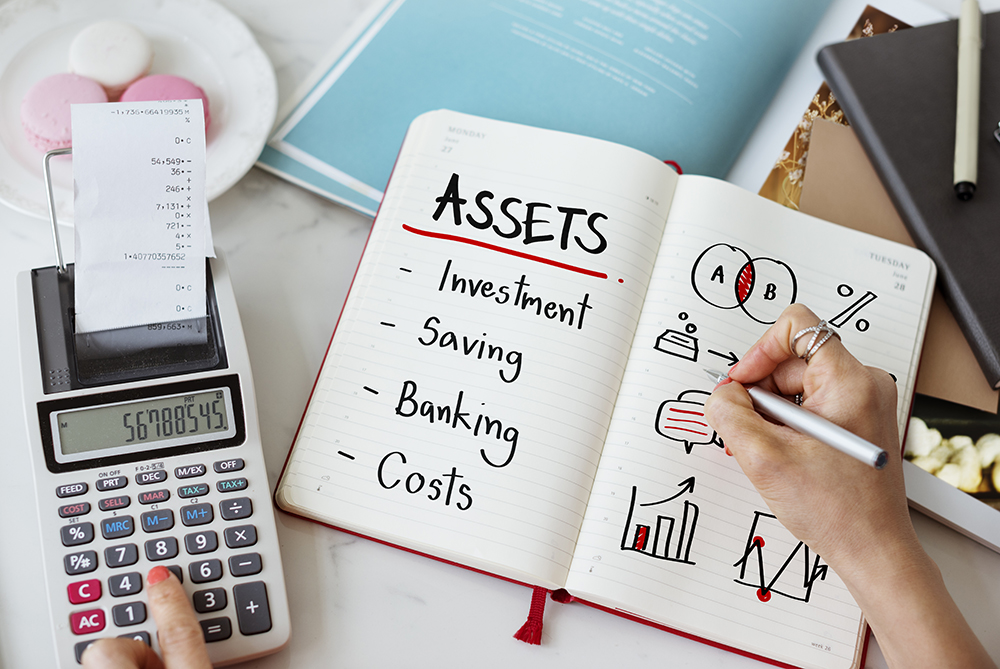These are the KPIs that every restaurant owner should be checking
Measuring and analyzing data is vital for any business in any industry, but in the restaurant industry, getting a hold on your Key Performance Indicators (KPIs) can help you to ensure that your dining establishment(s) is heading on the right track. However, unfortunately, many restaurant owners focus on the wrong metrics, leaving them scratching their heads when things go wrong.
While there are all kinds of metrics that provide useful insights into your business performance, we've compiled a list of the KPIs that are most crucial when it comes to ensuring your restaurant succeeds.

Average Revenue Per Customer
No doubt a critical measurement of any restaurant's performance, this KPI actually gives you an insight into several different aspects of your operation. Remember, it's no use to you having a restaurant drawing in substantial numbers of diners if you can't convert those customers into meaningful sales figures.
By measuring this KPI, you can get an insight into a few different aspects of your business. For instance, it helps to understand the performance of your servers. If your figures are on the low side, are your servers cross-selling or up-selling your customers enough? By contrast, it could unveil that you've got your pricing strategy wrong. You may have introduced a special discount that's attracting customers, for example, but the data may uncover that it actually severely damages your revenues.
If you serve a niche audience, such as upmarket fine dining, this figure should be as high as possible. If, however, you are a quick-service restaurant, it's normal for your number to be lower as your focus is more on volume. You could then further break down this metric by looking at the specific split of your customer spend. The US restaurant industry averages are roughly 66% for meals, 27% for alcoholic drinks, and 4% for non-alcoholic beverages. If your figure differs significantly, then you may need to make adjustments.
Profit Margin
It goes without saying that without profits, you don't have a business. If your restaurant continues to operate at a loss for an extended period, then it's only a matter of time before you'll need to roll down those shutters for the last time. Many restaurant owners make the mistake of thinking that because their restaurant is always busy that they're making money.
But a quick check of your restaurant POS software may uncover a far less rosy picture. At the end of the day, you should always measure your profitability on at least a monthly, if not a weekly or daily basis. Start by monitoring the profitability of your food sales, before then turning your attention to the drink.
The reason that profit margins are such a valuable measurement tool in the restaurant industry is that they are considerably lower than within other industries. What does that mean for you as a business owner? It means there is no room for error. If you relax even just a little bit with your profit margins, and you could find yourself staring down the barrel very quickly.
In case you're wondering what you should be aiming for, there are no hard and fast rules for profit margins in the restaurant industry, and they span widely from 0 to 15%. The restaurant industry average comes in at roughly 6%. Any lower than that, and you'll need economies of scale (usually via expansion to new locations) to make it work long term.
Food Wasted Per Food Purchased
One of the easiest ways to accidentally lose your profitability is through poor restaurant inventory management. Food waste is concerning restaurateurs across the country from both an environmental and ethical standpoint, not to mention the effect it has on business finances.
Monitoring food waste enables you to improve your demand forecasting, forces you to reconsider how and where you procure your foods, and leads to better management and storage of your food stock. It can also help you determine if there are better methods to prepare your food and whether you need to reconsider your portion sizes or serving practices to get back into profitable territory.
The good news is that this is easily achieved with the help of POS technology for your restaurant. With robust inventory management software in place, you can dramatically reduce food waste, plan and forecast demand better, and increase operating efficiency considerably.

Production Time Per Dish
The need for speed is not limited to quick-service restaurants. Even if you operate a fine-dining concept, you need meals out of the kitchen quick enough to ensure you can run through at least two table settings per evening. The longer a dish takes a dish to prepare, the more it costs you as an owner. Thus, by measuring how long each meal takes from order placement to table serving, you can eliminate those menu items costing you money to serve.
The best place to start is by tracking both popular items and dishes with low sales volume, as reported within your restaurant POS data analytics. For those with poor sales figures, can you uncover ways to shorten production time or offer faster service?
Concerning your popular dishes, it's wise to undertake the same process since if it's taking too long to turnaround, you will gradually alienate your customers, and you're likely ruining the efficiency of your kitchen. The best solution may be to remove quick-to-produce unpopular items from the menu so that your kitchen team has more resources to cook dishes that your customers order the most much faster.
Customer Feedback
Sometimes your head can be buried so deep in the figures – looking for areas where you can improve by a couple of percentage points – that you can forget the most important KPI, your customers' opinion. If you do not please your customers, you're not going to be in business for very long.
That's why you should always be taking stock of what your customers are saying about you. Both in comment cards and online on websites such as Yelp, Zomato, or TripAdvisor. While you will have the occasional negative review that, in reality, offers up no real value to you, look for constructive criticism to improve how you meet the needs of your diners. Also, try to find aspects that you consistently receive praise for and double down on them to ensure you never rest on your laurels.
The biggest issue with this KPI is that you frequently don't have enough to go on. One review a week isn't going to deliver too many meaningful insights. Therefore, initiate both verbal and written feedback at the table. Perhaps offer a significant discount for filling out a customer feedback card. Remember, the more honest the feedback, the better. So make sure to avoid rewarding positive reviews, as that will skew the reality of your performance.
Monitor Every KPI You Could Ever Need with POSTRON
The key to restaurant success these days lies in the data. With the POSTRON POS solution, you can gain access to an industry-leading restaurant data reporting platform that allows you to track each critical KPI for your specific restaurant business. From better management of your inventory to monitoring how much each of your customers spends on an average visit, you can use POSTRON's sales performance dashboard to make all kinds of improvements to your bottom line.
If you would like to learn more about how you can use our POS software to maximize your restaurant's efficiency and performance, don't hesitate to speak to a member of our team today!
